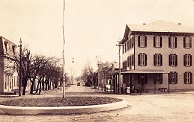

Goldsboro History
North Eastern York County History In Preservation NeyChip
In the year 1738, Nathan Hussey obtained a grant for land on which the village of Goldsboro now stands. A short distance above his land, he opened a ferry across the Susquehanna. In 1749, he became one of the commissioners to lay of York County. The area consisted of a few houses and the old Red Mill. The area was called Martinsville after the store owner Martin Burger. A brownstone quarry near the site of Goldsboro had been operating since the 1810's, and had produced the columns and steps for the state Capitol building at Harrisburg, as well as stone for the Cumberland county jail.
In 1849, a York physician, Dr. Alexander Small, hired Daniel Ettinger to lay out the new town. This was the first planned rail community in York County and the last county town to be laid out on a Philadelphia grid plan with a center square. Then the railway was completed to the area and the station was called by the civil engineer J. M. Goldsboro. In November 1850, Dr Small placed an ad in the paper to sell town lots stating: "It cannot fail to become a place of considerable importance." In 1851, the Goldsboro Brown Stone Quarry opened. The area was incorporated August 23, 1864 with the official name of the Borough of Goldsboro. Most referrer to the area just as Goldsboro.
A Nobel Prize winner came from Goldsboro. The scientist, J. Michael Bishop, won the prize in 1989 for his work on explaining how malignant tumors develop. Bishop's father, John, was pastor of Zion Lutheran Church in Goldsboro.
Goldsboro is described in the 1856 York Gazette and Business Directory as ...a flourishing village...doing a large business in lumber and produce. There are two steam saw-mills in the place! One manufacturing upwards of three millions of feet of sawed lumber, of various kinds, annually. It has two upright saws, one slitting saw, and a gang slitting saw for manufacturing siding, and six circular saws, set in operation by a '80' horsepower steam engine, owned and conducted under the firm of Small and Stair and Co. The other mill was begun by Isaac Frazer in 1853. Frazer became over the next 35 years, the dominant business force in Goldsboro. In addition to his sawmill, he operated a wholesale business, and in 1873 took over the Small and Stair Sawmill, Frazer was the major employer in Goldsboro through much of the late nineteenth century. Other industries in the town included cigar factories, box factories, and more recently, a sewing factory. Goldsboro has changed little since the first quarter of the twentieth century. The decline of the railroad and rise of the highway has taken the area off the main corridor of the County. For this reason, downtown Goldsboro is listed with the National Register of Historic Places.
In 1849, a York physician, Dr. Alexander Small, hired Daniel Ettinger to lay out the new town. This was the first planned rail community in York County and the last county town to be laid out on a Philadelphia grid plan with a center square. Then the railway was completed to the area and the station was called by the civil engineer J. M. Goldsboro. In November 1850, Dr Small placed an ad in the paper to sell town lots stating: "It cannot fail to become a place of considerable importance." In 1851, the Goldsboro Brown Stone Quarry opened. The area was incorporated August 23, 1864 with the official name of the Borough of Goldsboro. Most referrer to the area just as Goldsboro.
A Nobel Prize winner came from Goldsboro. The scientist, J. Michael Bishop, won the prize in 1989 for his work on explaining how malignant tumors develop. Bishop's father, John, was pastor of Zion Lutheran Church in Goldsboro.
Goldsboro is described in the 1856 York Gazette and Business Directory as ...a flourishing village...doing a large business in lumber and produce. There are two steam saw-mills in the place! One manufacturing upwards of three millions of feet of sawed lumber, of various kinds, annually. It has two upright saws, one slitting saw, and a gang slitting saw for manufacturing siding, and six circular saws, set in operation by a '80' horsepower steam engine, owned and conducted under the firm of Small and Stair and Co. The other mill was begun by Isaac Frazer in 1853. Frazer became over the next 35 years, the dominant business force in Goldsboro. In addition to his sawmill, he operated a wholesale business, and in 1873 took over the Small and Stair Sawmill, Frazer was the major employer in Goldsboro through much of the late nineteenth century. Other industries in the town included cigar factories, box factories, and more recently, a sewing factory. Goldsboro has changed little since the first quarter of the twentieth century. The decline of the railroad and rise of the highway has taken the area off the main corridor of the County. For this reason, downtown Goldsboro is listed with the National Register of Historic Places.
| Excerpts from: Newberry Township The Beginning 1700-1900 1988 Center Square Press By: Newberry Township Heritage Committee |
On Wednesday, March 28, 1979, 36 seconds after the hour of 4:00 a.m., several water pumps stopped working in the Unit 2 nuclear power plant on Three Mile Island, In the minutes, hours, and days that followed, a series of events -- compounded by equipment failures, inappropriate procedures, and human errors and ignorance -- escalated into the worst crisis yet experienced by the nation's nuclear power industry. The accident focused national and international attention on the nuclear facility at Three Mile Island and raised it to a place of prominence in the minds of hundreds of millions. For the people living in Goldsboro, the rumors, conflicting official statements, a lack of knowledge about radiation releases, the continuing possibility of mass evacuation, and the fear that a hydrogen bubble trapped inside a nuclear reactor might explode were real and immediate. Report of the President's Commission on "The Accident At Three Mile Island
Also see easily to understand Cutting Through the TMI Haze to Covert a Near Catastrophe with BC-TMI Anniversary by Associated Press Nov 26, 1989
Three Mile Island Generating Station Unit 1 (TMI Unit 1) permanently shut down on September 20, 2019, leaving a 45-year legacy of safe, reliable, carbon-free electricity generation and service to the community. It now enters a new era—the safe decommissioning and dismantlement of its components, systems and buildings.
Also see easily to understand Cutting Through the TMI Haze to Covert a Near Catastrophe with BC-TMI Anniversary by Associated Press Nov 26, 1989
Three Mile Island Generating Station Unit 1 (TMI Unit 1) permanently shut down on September 20, 2019, leaving a 45-year legacy of safe, reliable, carbon-free electricity generation and service to the community. It now enters a new era—the safe decommissioning and dismantlement of its components, systems and buildings.
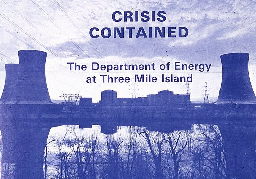
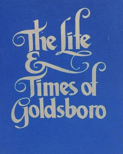
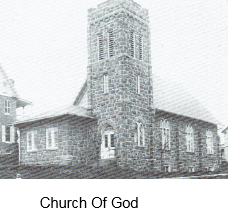
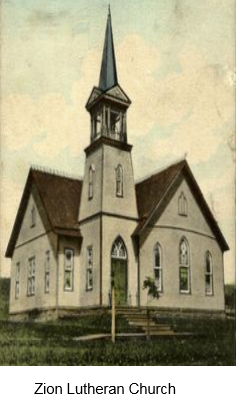
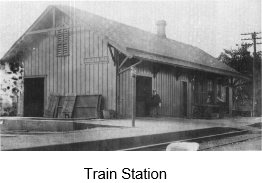
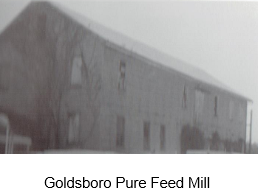

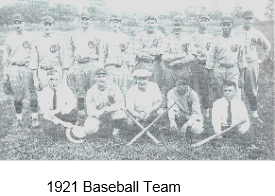
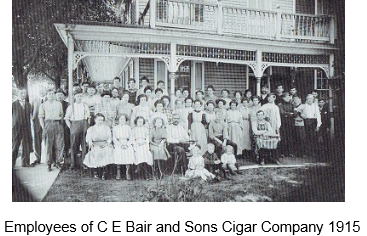
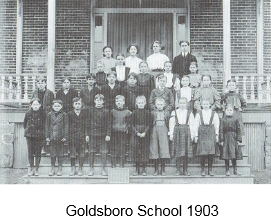
Some of this 1976 book is on next page.
Goldsboro School 1904
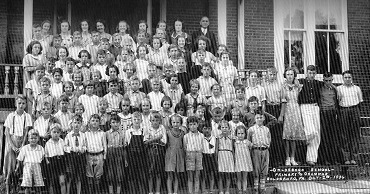
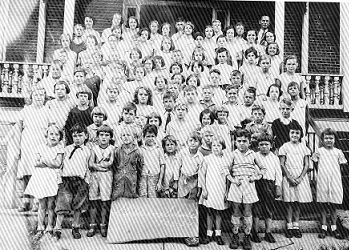
Goldsboro School 1933-34
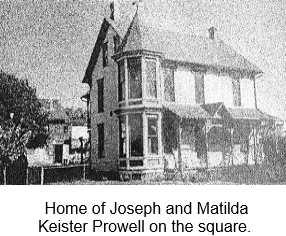
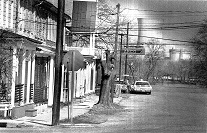
The empty Main Street.
March 29, 1979
March 29, 1979
On the square, when it was Yinger's Store.
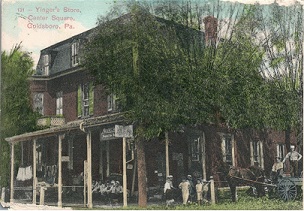
Town Square early 1900's
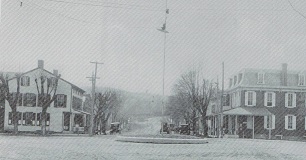
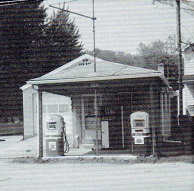
Skee Millers' Garage

NeyChip would love
to hear from you.
NeyChip@gmail.com
to hear from you.
NeyChip@gmail.com
